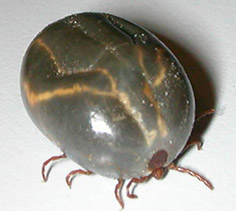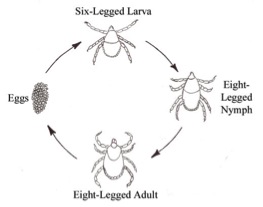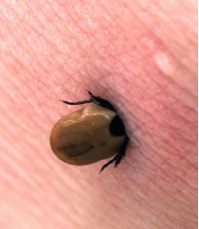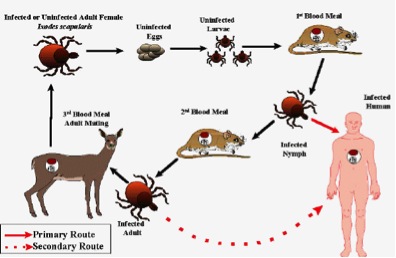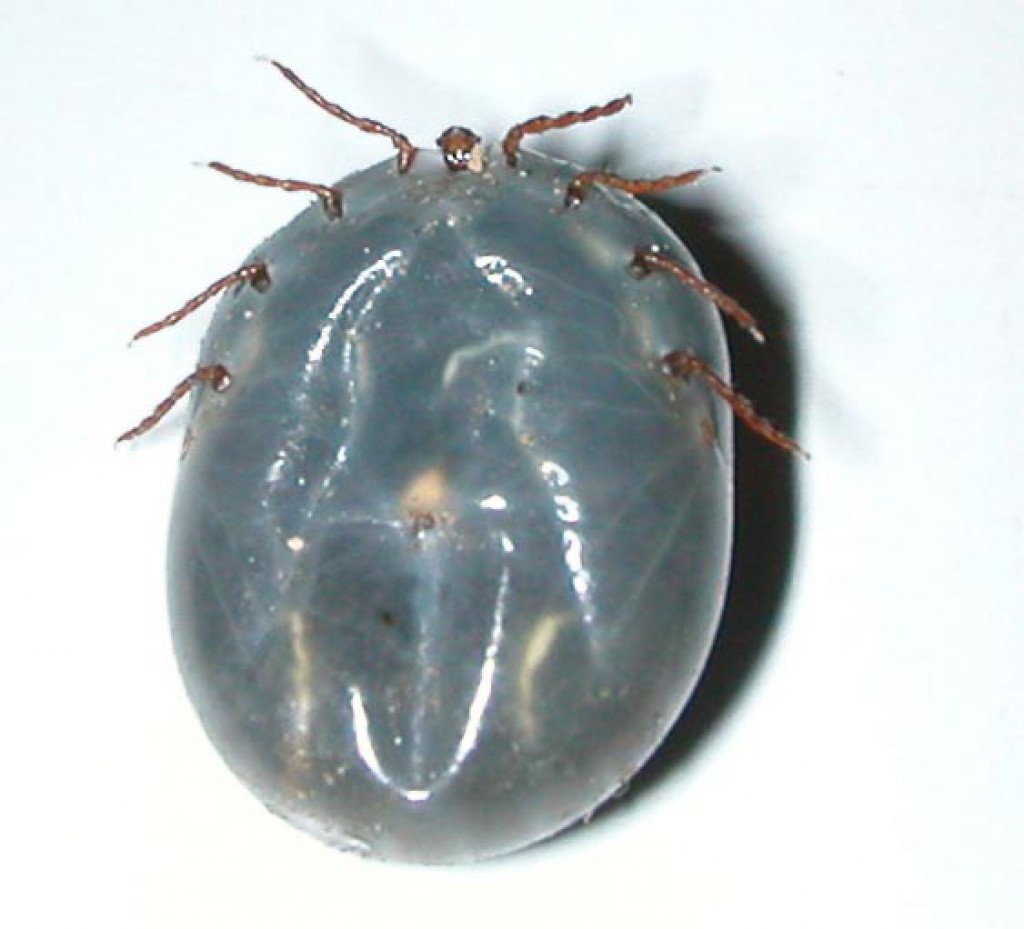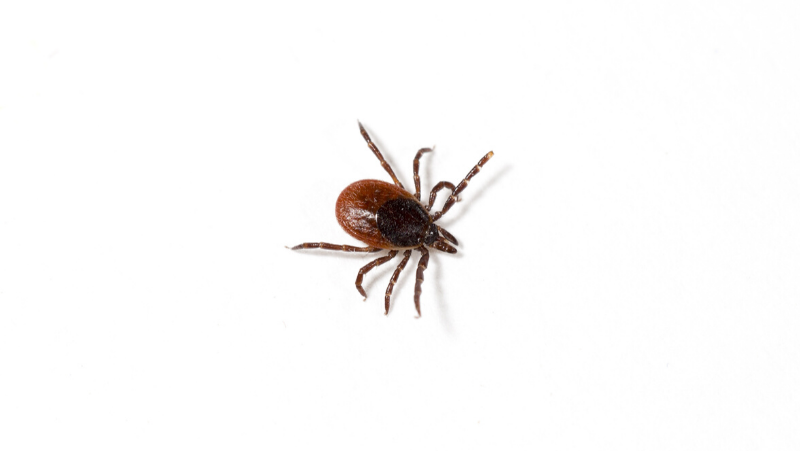tick life cycle nz
Ixodes scapularis the black-legged deer tick which is the primary vector for Lyme disease has a four-stage life cycle and a lifespan of about two years. The life cycle of a tick can be divided into four sections.

Farm Animal Care Cattle Theileria
The majority of hard ticks require three different hosts to complete their development.

. A tick begins its life as an egg. Its first host is usually a small mammal or a lizard and it has to find a host in order to grow. All active stages of the tick life cycle require blood meals to continue their development.
Hard ticks and soft ticks have different life cycles. After hatching from the eggs ticks must eat blood at every stage to survive. They feed mainly on the blood of mammals especially sheep or deer and birds but may also feed on humans.
The Life Cycle Of A Tick Diagram. The main diseases of concern in some other countries are not currently present in New Zealand. Ticks go through four life stages.
Its important to be familiar with this life cycle to get rid of ticks from your lawn and landscape and prevent tick bites. Now let us look at their life cycle to get a better understanding. In general the life cycle of a hard tick is as follows.
This is because ticks are difficult to. However they can lay eggs just about anywhere else and they do. Controlling tick infestations is messy will involve using some sort of chemical spray or a lot of hands-on-skin plucking so having a good plan in place this early in the year will help you come spring and summer.
The eggs hatch and six-legged larvae emerge from the eggs. An adult tick has eight legs and before it sucks the blood of its host which can include humans although you should notice an. Ticks generally thrive in warmer moist environments but struggle to survive if.
Ticks are not able to lay eggs directly on a host they must first detach. A newly hatched six-legged larva feeds on a host drops off to the ground and moults to a nymph. Up to 160 adult ticks have been found on ears of a new-born calf.
Inside or out ticks love a warm environment to lay their eggs. The life cycle of a tick is completed after four stages namely egg larva nymph and adult it requires more than a year to complete a full life cycle. The First Stage egg The adult female tick first fulfills a proper blood meal then the process of mating occurs between an adult male and adult female tick.
Most ticks go through four life stages. The life cycle of a tick is completed after four stages namely egg larva nymph and adult it requires more than a year to complete a full life cycle. After hatching from the eggs ticks must eat blood at.
This can weaken fawns in particular making them anaemic and bringing about death through blood loss. During this development ticks go through four stages of life. Since there are so many different tick species the duration of this life cycle varies greatly from a.
These stages are egg larvae or seed tick nymph and adult. Hosts geographic distribution and relevant references are provided for each species. Ticks can become infected with the bacteria.
Theileria is a protozoan which acts as a parasite spread by the saliva of ticks as they suck the hosts blood. Stages in the Life Cycle of Ticks. These hatch into larvae which crawl onto the animal and feed then they drop off to moult into nymphs which in turn feed drop off and moult into adults to start the cycle again.
Ticks that require this many hosts can take up to 3 years to complete their full life cycle and most will die because they dont find a host for their next feeding. After a two-year life cycle a female tick can lay thousands of eggs. The female tick drops off its host often in the fall and lays thousands of eggs.
1 The Egg Stage 1 After the adult female tick has acquired a proper blood meal she mates with the adult male tick leaves the host and searches for a suitable spot to lay her eggs. The common cattle tick Haemaphysalis longicornis favours cattle but they are not completely host specific and can infest deer sheep goats humans horses rabbits hares and domestic pets. Ixodidae Argasidae known to occur naturally in the New Zealand subregion is given.
Aside from its missing set of legs the larva looks a lot like an adult tick. Some tick species spend their entire lives on one host while others will have up. Ticks affect deer by removing blood around 075-1mltick.
The life cycle of a tick can last upwards of 2 or 3 years. Most ixodid ticks require three hosts and their lifecycles typically span three years. Four Life Stages.
They consist of four stages egg larva nymph and adult. Three erroneous records published recently two in a book on New Zealand biodiversity and one in a seabird tick review are corrected. In veterinary terms the disease is called oriental theilerisosis.
Ticks have the potential to pose public health and biosecurity risks because they can carry and transmit human and animal diseases. Tick season has various peaks corresponding to the life-cycle but generally numbers are higher during the warmer months and they tend to over-winter in New Zealand when they are less active. Life Cycle of Ticks.
A nymph seeks out and feeds on a second host. Eggs are not dangerous and appear as a brownish-red translucent color. Ticks that complete their life cycle in this manner are called two-host ticks like Hyalomma anatolicum excavatum.
The entire life cycle of the tick can take up to 3 years to complete and is comprised of four distinct life stages. Ticks are tiny parasitic spider-like creatures commonly found in woodland heathland and moorland areas. Skip to content 703 828-4343.
Larvae nymph adult and egg. Tick season has various peaks corresponding to the life-cycle but generally numbers are higher during the warmer months and they tend to over-winter in New Zealand when they are less active. Generally adult female hard ticks breed while on the host animal and then drop to the ground to lay eggs.
The Deer Initiative Ticks Lyme Disease What are Ticks. However the Ministry is not aware of any cases of people catching a disease from a tick bite in New Zealand. Over 80 of the tick lifecycle is spent off the animals.
Egg six-legged larva eight-legged nymph and adult. If infestations are severe deaths of new-born fawns are often the first sign. This protozoan Theileria orientalis ikeda is the one currently causing problems and spreading south in New Zealand cattle.
Each stage requires a blood meal. The larvae hatch in the winter and emerge. There are many different species of tick in the world but Hlongicornis is the only one found in New Zealand.
A list of all the species of ticks Acari. Gravid pregnant female ticks lay batches of up. When the egg hatches a six-legged larva emerges.
These are the egg the larva the nymph and the adult. Ticks are blood sucking external parasites. Ticks typically have three life stages adults which feed on an animal then drop off to lay eggs.
After feeding the larva drops to the ground to digest its food and begin to grow.

The Tick Lifecycle Lyme Tick Borne Disease Testing Statistics

Theileria Emerging Disease In Cattle Vet Centre

1 Typical Three Host Life Cycle Of A Female Ixodid Hard Tick Download Scientific Diagram

Mittagong Veterinary Hospital Great Tails And What S New Blog
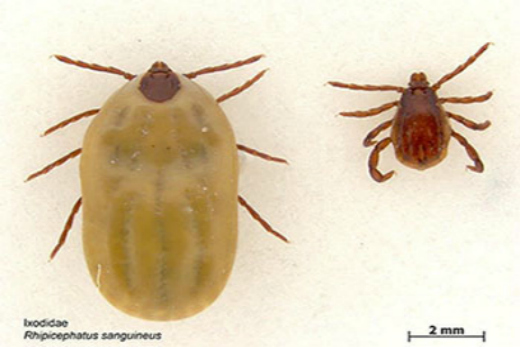
Sunlive Brown Dog Ticks Found In Nz The Bay S News First
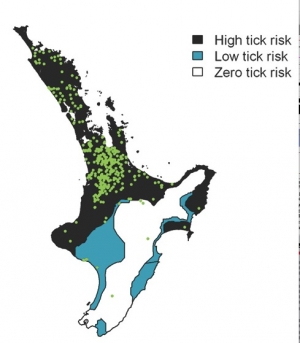
Hardy Ticks Well Equipped To Survive Thrive

Free Download Diagram Showing Life Cycle Of Tick Free Vector Life Cycles Ticks Tick Life Cycle

